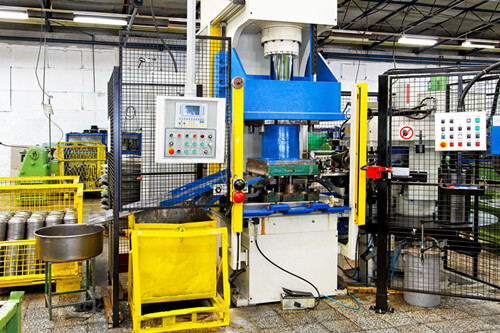The choice of cold forging technology has an impact on the kind of forging products that you will produce. In every aspect of the cold forging process, you will find out that you need some level of technology to get the most out of it.
Note that it is the technology you have invested in that drives the whole forging process. The production rate of the plant will also greatly be dependent upon the cold forging technology. The material utilization of the forging process will also be dependent on the technology that you have employed. All these are factors that will affect your productivity.
There are many ways cold forging technology can affect the quality of forging. That’s what we are going to look at in this post. We have put together some of the reasons why you need to get the best technology in the market for your forging:
Material Selection
The selection of the cold forging material or just forging material is crucial because it is the material that determines quality. You need to be very careful when select because having the wrong material will mess the entire process. With the best cold forging technology, it is very easy to select the quality that you need.
Compression Stage
The compression stage sets the first actual forging stage. It is where the billet, after lubrication and placing in the dies, needs to be pressed to forge. The most important thing at this stage is using the right amount of force. With good technology, you can set the force that’s needed for forging.
Heat Treatment
It is the heat treatment stage that gives the forging the mechanical features that it has. You need to have the right setting to ensure the treatment of the forging is being carried out properly. With good cold forging technology, you make the right setting as required.
Surface Finish
The quality of cold forgings is also determined by the quality of the surface finish. You need to consider how good the surface is immediately after forging. The advanced technology is enabling the production of the best near-net-shape forgings. You might not even need to do the finished work.
Polishing Stage
If you want to get the best out of the polishing stage, the quality of the cold forging technology matter. That’s why the current technology offers better polishing than previous ones, and things will continue improving.


